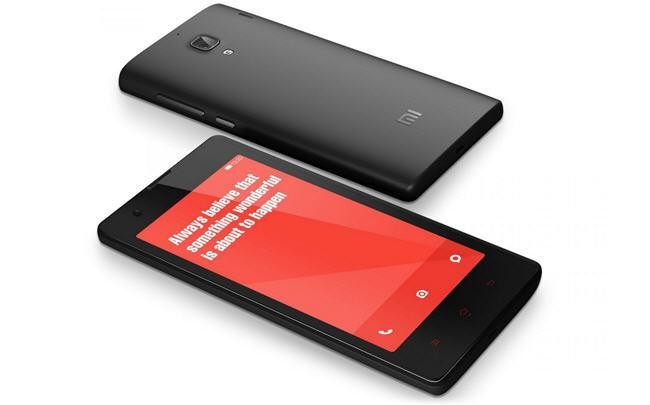Xiaomi Redmi 1S vs Asus Zenfone 4: Which Budget Android Smartphone Should You Buy?

Yesterday, we compared the Moto E with the Xiaomi Redmi 1S to understand which smartphone offered more bang for the buck. Today, we compare Xiaomi's budget offering with another smartphone, the Asus Zenfone 4. This comparision should help you understand which of the two smartphones will suit you.
Xiaomi Redmi 1S vs Asus Zenfone 4: Design
The Redmi's design feels pretty standard; it's your usual rectangular smartphone with slightly curved corners. It feels balanced and is easy to operate. Its dimensions are 137 x 69 x 9.9 mm.
The Asus Zenfone 4 uses an extremely simple body with a removable back shell. While it isn't the sturdiest smartphone on the block, it has a strong enough build to withstand regular use. Its dimensions are 124.4 x 61.4 x 11.15
Unlike the Redmi 1S, the Zenfone 4 uses only a 4in screen, meaning that it is much more compact and easier to hold in the hand. People who prefer smaller phones could opt for the Redmi 1S.
Xiaomi Redmi 1S vs Asus Zenfone 4: Display
The Asus Zenfone 4 has a 4in display with a resolution of 480 x 800 pixels. It churns out a pixel density of 233 ppi and has Corning Gorilla Glass 3 protection.
The Xiaomi Redmi 1S has a slightly larger 4.7in display with a resolution of 720 x 1280 pixels. It delivers a pixel density of 312 ppi along with Corning Gorilla Glass 2 for protection.
It goes without saying that the Xiaomi Redmi 1S has the bigger and better display. If you are keen on watching a lot of videos on your phone and playing games, then it happens to be the better option among the two.
Xiaomi Redmi 1S vs Asus Zenfone 4: Hardware
The Asus Zenfone 4 uses an Intel Atom Z2520 chipset with a Dual-core 1.2 GHz and a PowerVR SGX544MP2 GPU for graphics.
The Xiaomi Redmi 1S uses a slightly faster Qualcomm MSM8228 Snapdragon chipset with a Quad-core 1.6 GHz Cortex-A7 processor and an Adreno 305 GPU for graphics along with 1GB of RAM.
When it comes to internal memory, the Xiaomi Redmi 1S offers 8GB of internal memory along with the option to expand up to 32 GB via microSD.
While both smartphones should offer good everyday performance, we expect the Redmi 1S to be the better among the two smartphones owing to its superior chipset.
Xiaomi Redmi 1S vs Asus Zenfone 4: Camera and Imaging
The Asus Zenfone 4 has a 5 megapixel camera with panorama and face detection features. It is capable of recording 1080p video at 30fps. There's also a 0.3 megapixel VGA camera up front.
The Xiaomi Redmi 1S houses an 8 megapixel shooter in the rear with geo-tagging, touch focus, face and smile detection, and HDR features. It can shoot 1080p video at 30fps. There's also a 1.6 MP front-facing secondary camera that's capable of 720p video at 30 fps.
Even in the imaging department, the Xiaomi Redmi 1S comes out on top with better camera specifications.
Xiaomi Redmi 1S vs Asus Zenfone 4: Software
The Asus Zenfone uses Android 4.3 Jelly Bean along with the company's custom made Zen UI skin on top. The UI doesn't get in the way of things and everything works quickly and efficiently. In fact, it even contains a few useful additions that make everyday takes a bit easier. The OS is also upgradeable to v4.4.2 (KitKat).
The Xiaomi Redmi 1S will feature Android 4.3 Jelly Bean with a MIUI skin on top. MUI is the company's take on Android and happens to be somewhat different from stock Android. Experts and critics have often said that Xiaomi tries hard to make its MIUI interface look a lot like Apple's iOS UI design.
Bottom Line
The Asus Zenfone 4 is chaper than the Redmi 1S by a small margin, offers a more comfortable form factor and is a great choice for everyday use. However, the Xiaomi Redmi 1S should be your choice if you are looking for the phone with the better camera, performance and display. Apart from offering better hardware, the company's MIUI has been known to be one of the better custom made Android skins used by manufacturers.
© Copyright IBTimes 2024. All rights reserved.























